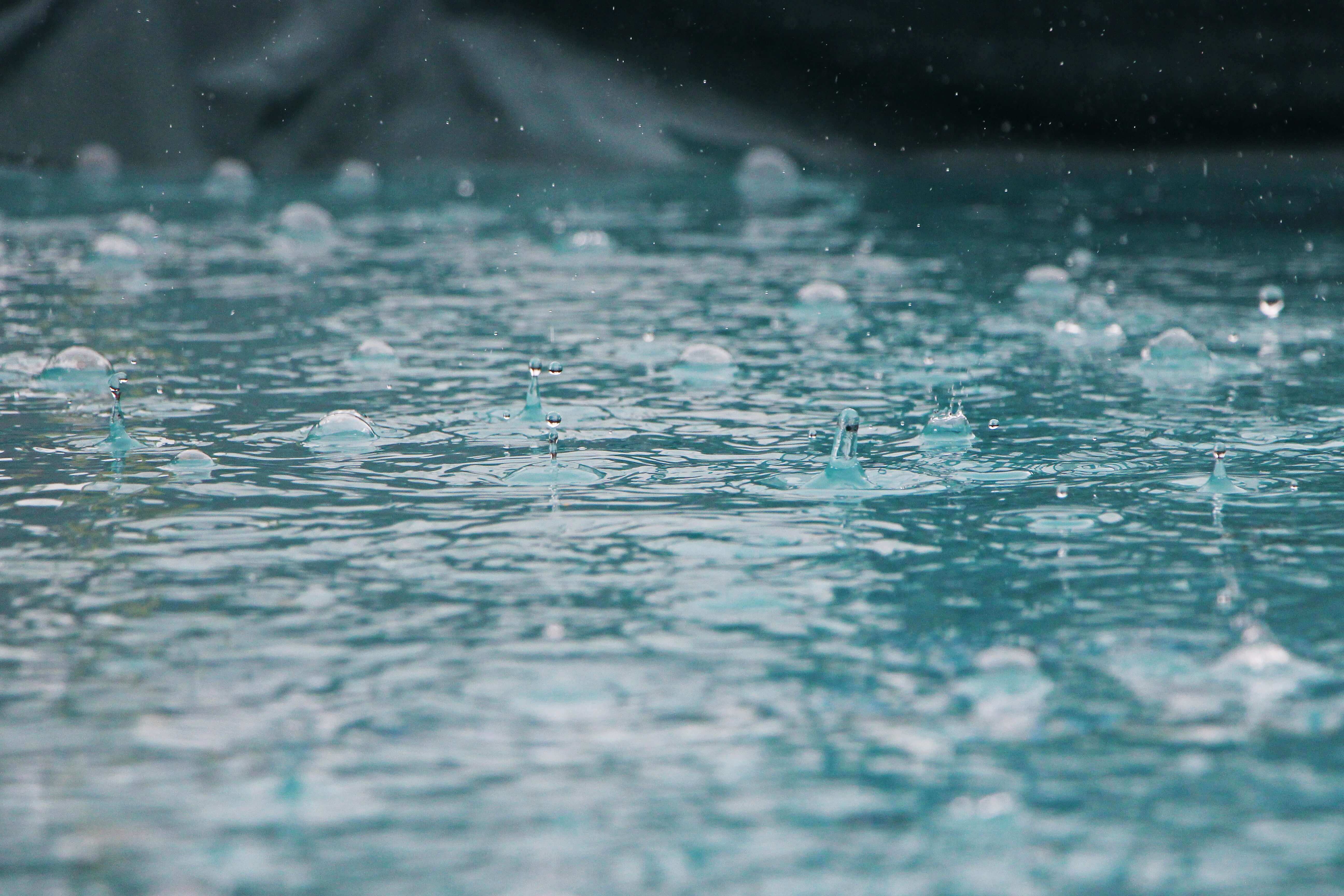
Inhaltsverzeichnis
Water shortage - a serious danger?
We use water every day. And not just for drinking, showering, cooking, or washing clothes. The vast majority of the water available to us goes into agriculture for the production of food and other products. Is there enough for everyone? Or should we fear a water shortage in the future? This article provides the answers to these questions.
Is there enough water for everyone?
We all know that the Earth is mostly covered with water. 71% of the Earth's surface, to be precise. How is it possible that more than half of the world's population is affected by water scarcity for at least one month a year?
The answer to this question lies in the availability of water. It's not about how much water there is overall, but rather how much of that water is available and usable for us. 97% of the water on Earth is salt water. The minerals it contains make saltwater undrinkable for humans. And its constituents also make it unusable for agriculture. Therefore, the entire human population must be supplied by the remaining three percent of freshwater. But that's not the real problem.
The problem is that this limited water supply across the planet not evenly distributed A variety of geographical and climatic factors are the reason why some regions of the world are better endowed with natural water sources and rainfall than others. In Northern and Western Europe, as well as in South America, for example, people have plenty of usable water. In other parts of the world, such as North Africa or the Middle East, people suffer from water shortagesIt's very hot and dry here, and rain is rare, making it impossible to replenish water reserves. Unfortunately, transporting water over long distances is not only laborious and energy-intensive, but also extremely expensive. In addition, the world's population continues to grow.
In many water-scarce areas, but also in some regions with good access to water, people empty the Water supplies faster than they can be replenished. This is one of the main reasons why people are using underground water reserves. Twenty-one of the Earth's 37 large underground reservoirs are now on the verge of irreversible depletion. Humanity is therefore currently relying partly on finite water sources – and yet is using the available water resources in a way that is anything but sustainable...
Photo by SHAH Shah on Unsplash
Why is so much water needed anyway?
Drinking? 2-3 liters a day. Plus the water used for showering, washing dishes, cooking, and flushing the toilet. That's basically it, right?
Unfortunately not. Because we don't see most of the water we use every day. It is found in food and productsthat we use. On average, we – people living in industrialized nations – consume 3-4000 liters of water per day! This water, which is not directly visible to us and is used for the manufacture of products, is also "virtual water” called.
Worldwide, approximately 8-10% of water is used for domestic purposes. Another 20% is used for industry. The remaining 70% flows into a single sector: agriculture.
Vast amounts of water are needed to feed crops and livestock—all to provide food for humanity. The growing global population doesn't make things any easier, because more people on Earth also means more people need to be fed.
What happens next?
Already, 2.1 billion people lack access to clean drinking water. The problem is exacerbated by rising global temperatures, population growth in poorer countries, and rising consumption of water-intensive products.
The high water consumption of humanity will lead to the fact that in 2050 5.6 billion people will be affected by water shortages. That's more than two-thirds of the world's entire population. While lawn sprinklers and other irrigation systems had to be turned off in some regions in Germany during the past summers due to long dry periods, it's hard to imagine what a real water shortage would look like here. It's often forgotten that people in some regions of Africa already lack access to clean drinking water (not least due to large corporations like Nestlé).
Photo by Jasper Wilde on Unsplash
What is being done?
In agriculture, ideas and new techniques are being refined to help reduce water consumption. Irrigation techniques Each plant should only be given as much water as it actually needs. New plants are being bred that are less thirsty. Some farmers are switching to growing less water-intensive crops. Industry is also increasingly implementing processes that require less water. production processes in which used water is recycled and thus reused. All of this is great. But we ourselves can also contribute to reducing water consumption.
A big point here is the Food wasteThe majority of food produced ends up in the trash. Furthermore, the consumption of water-intensive foods (z.B. Cocoa, red meat, nuts). Just by vegetarian diet we can reduce our water footprint by about a third. You can find more ideas and tips for saving water starting next week on our blog.
Even though water consumption is largely out of our direct control, we can make a significant difference with our daily habits. Water is vital to each and every one of us. Therefore, we should not shirk our responsibility to contribute.
If you would like to learn more about sustainability, mindfulness or healthy eating, take a look here over.
Photo by Paweł Czerwiński on Unsplash








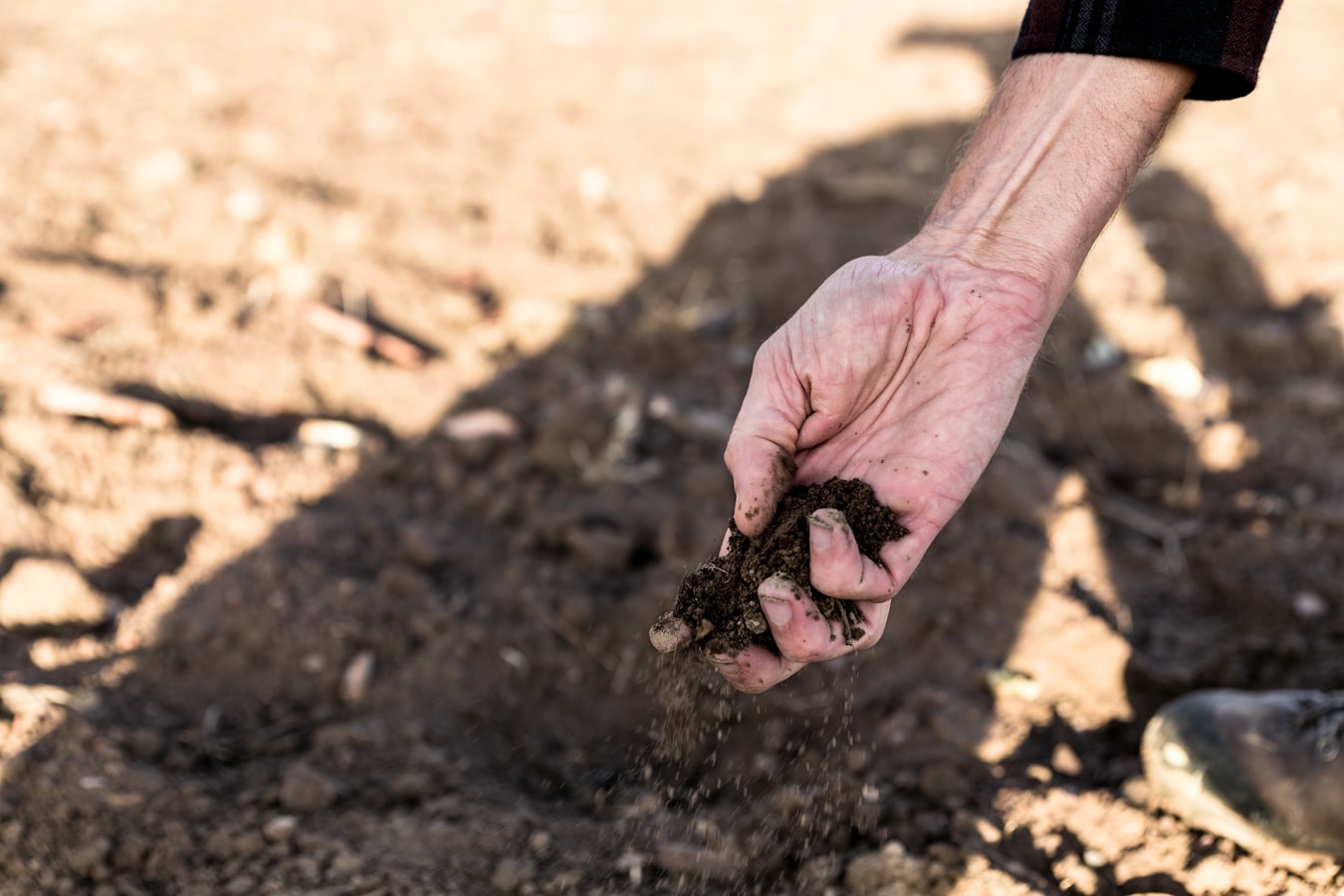
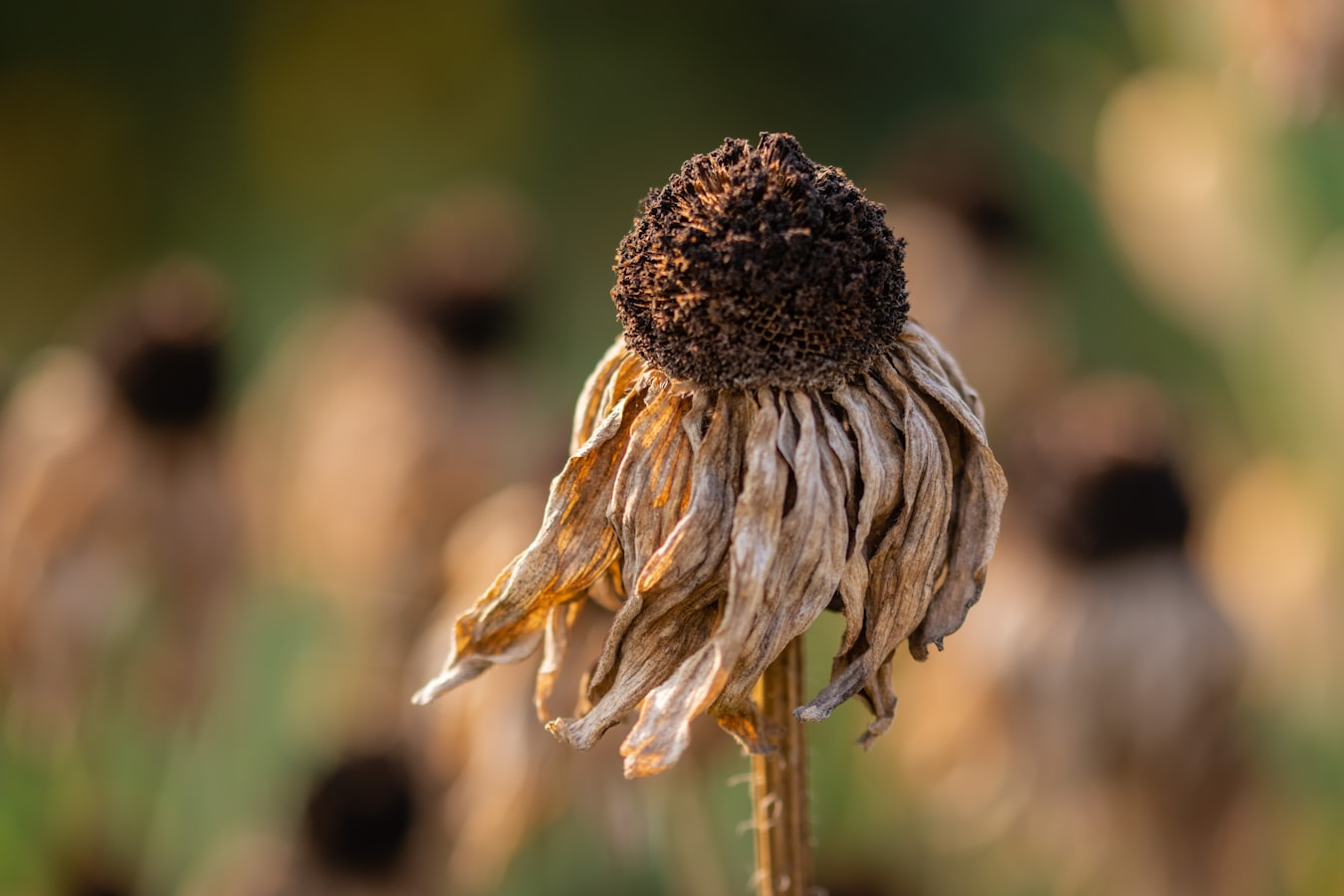
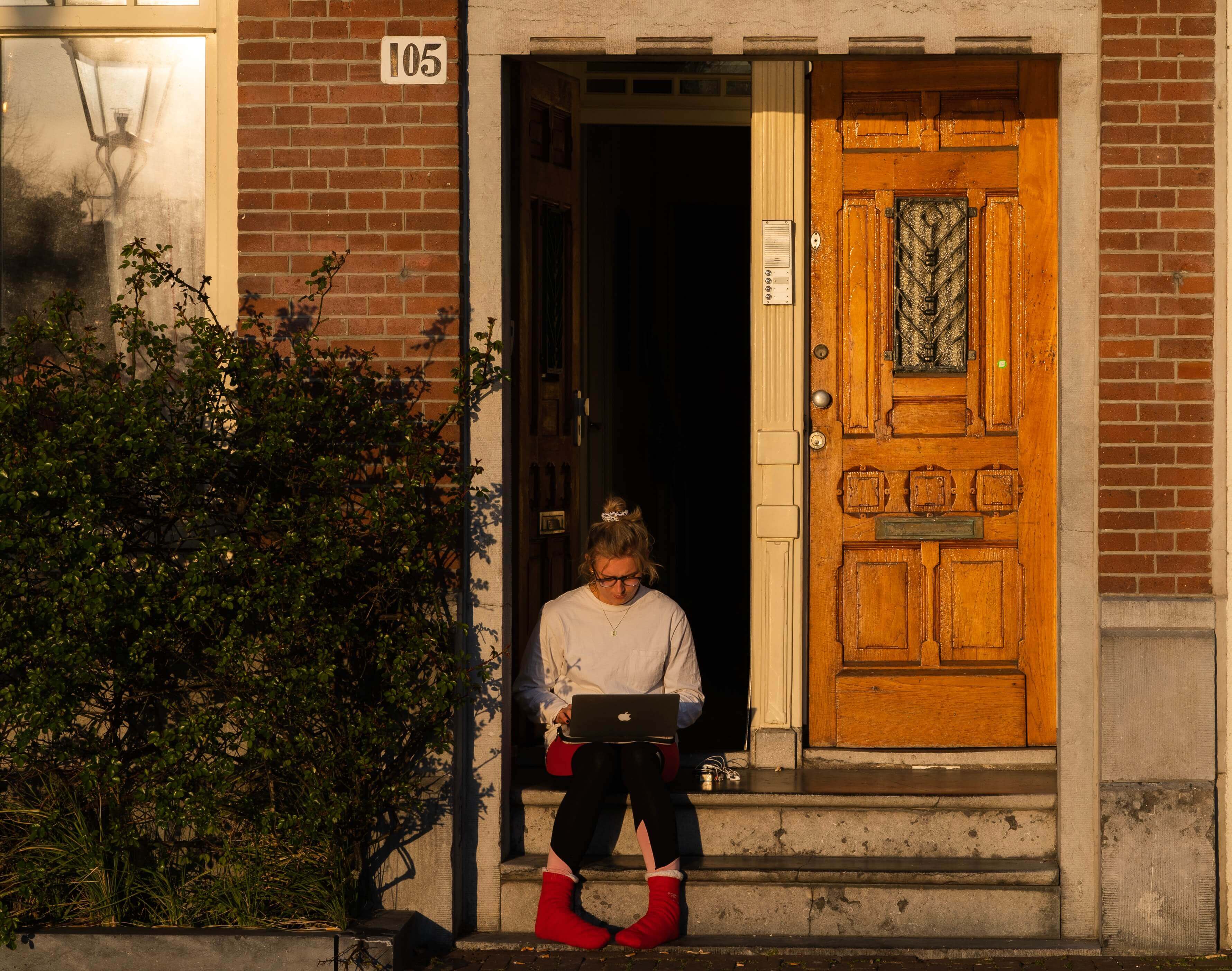
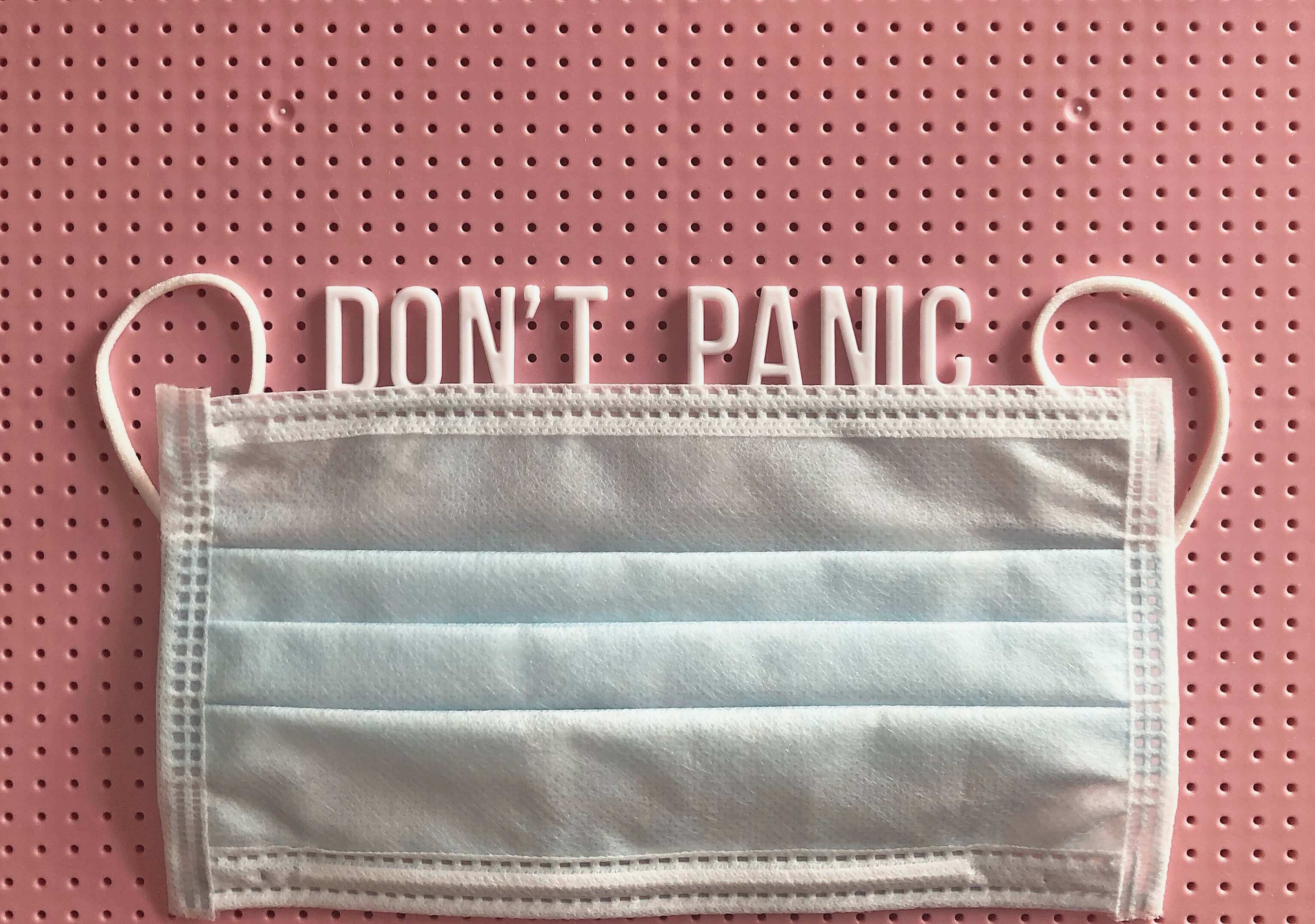


















Leave a comment
This site is protected by hCaptcha and the hCaptcha Privacy Policy and Terms of Service apply.